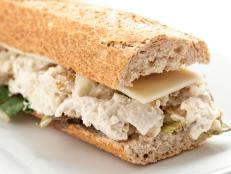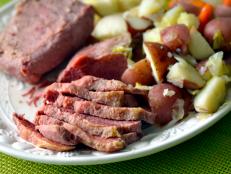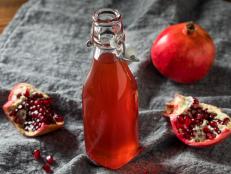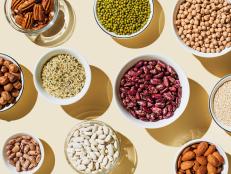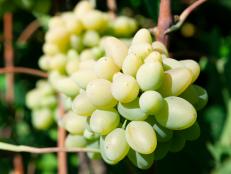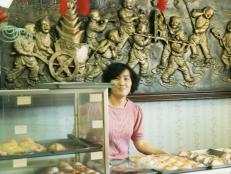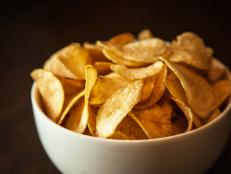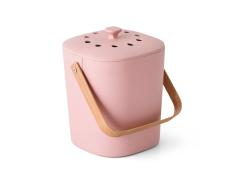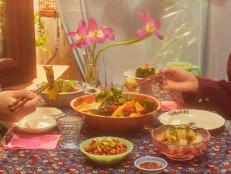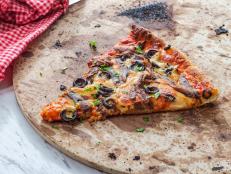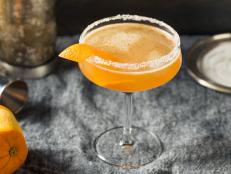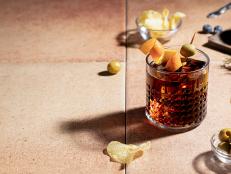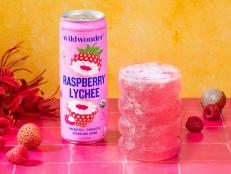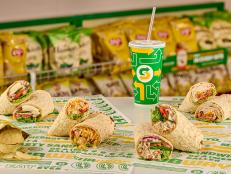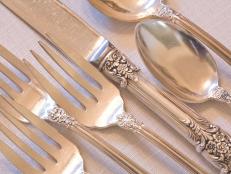French Glossary
These classic terms appear frequently in the writing and discussion of French foods.
A la Meuniere: Meaning "in the style of the miller's wife" (who presumably had easy access to flour), this technique applies to fish that is floured, then sautéed in butter, and served with brown butter, lemon juice and parsley.
Aioli: A garlic flavored mayonnaise popular in Provence, in the south of France; aioli is traditionally served as an accompaniment to vegetables and fish.
Bain-marie: The French name for a water bath, a technique by which delicate foods such as custards are baked at a gentle, controlled heat: the food is placed, in its container, into a larger pan into which boiling water is poured. Then the pan is either placed in the oven, or on top of the stove. Bains-marie are also used in restaurant kitchens to keep foods warm.
Béchamel: A classic French white sauce made with milk, bound with a cooked flour and butter mixture called a roux, flavored with bay leaves, nutmeg and sometimes onion.
Beurre Blanc: A sauce made by reducing white wine with vinegar and shallots, then whisking in cold butter so that the mixture emulsifies into a thick, buttery sauce. A beurre blanc is a classic mate to poached fish.
Beurre Manié: A mixture of flour and softened butter, which, when whisked into sauces, acts as a thickener.
Beurre Noisette: Butter that has been cooked until it turns a golden brown color, often used to sauce fish.
Bisque: A shellfish soup, traditionally bound with rice.
Blanquette: A creamy stew, most famously of veal.
Bouquet Garni: Perhaps the most famous herb mix in French cooking, a bouquet garni is a combination of bay leaf, thyme, parsley and sometimes leek used to flavor stocks, stews, braises and soups. Traditionally, the herbs may be fresh or dried, and they are either tied up in a bundle with string (a leek leaf makes a convenient wrapper), or tied in cheesecloth.
Charcuterie: Cured meats and patés.
Chiffonade: A knife cut, by which herbs, lettuces and leafy greens are cut into very fine ribbons.
Confit: A technique originally of preserving, by which meat is cooked in its own fat, then stored covered in that fat. Duck confit is a traditional dish of southwestern France.
Clarified butter: Butter from which the milk solids have been skimmed. The solids having been removed, clarified butter can be heated to a higher temperature without burning, which makes it an excellent medium for sautéing.
Court Bouillon: A lightly flavored liquid used to cook fish and shellfish.
Crème Brulée: A rich egg custard, the top of which is sugared, and then heated so that the sugar melts to a crisp, caramel crust.
Deglaze (deglacer): A technique by which a liquid, usually wine, is added to a pan that has been used to roast or sauté, in order to pick up the bits that have caramelized on the bottom of the pan. Deglazing is often the first step in making a pan sauce.
Demi-glace: A stock that has been reduced until very concentrated.
En Croute: Food that is wrapped in a dough, and then cooked (e.g. beef Wellington).
En Papillote: Food that is cooked in a parchment (or sometimes aluminum foil) wrapping.
Fines Herbes: A classic mix of herbs — parsley, chives, tarragon and chervil — used in traditional French cuisine. (For example, an omelet "aux fines herbes" is an omelet that is flavored with that combination of chopped herbs.)
Foie Gras: The fattened liver of a specially raised duck or goose. Foie gras is often poached in a terrine mold, or cut raw into slices and sautéed.
Flambé: A technique by which alcohol is added to a dish and ignited, both for effect, and to burn off the alcohol.
Fond: Means a stock, in French.
Fondue: From the French "fondre", which means to melt. A dish of warm, melted cheese flavored with wine, into which bits of bread are dipped. Fondue can also refer to a meat dish, in which pieces of meat are cooked at the table in a pot of hot oil, or a dessert, in which pieces of fruit are dipped into warm, melted chocolate.
Ganache: A rich chocolate mixture made by combining chocolate and cream, used as a filling or icing.
Glace: The French word for ice cream.
Gougère: A type of choux pastry flavored with cheese, often served as an aperitif.
Gratiner: The technique by which a dish is browned under the broiler (such dishes are often called "gratins").
Julienne: A knife technique by which food is cut into slender, matchstick pieces.
Marinade: A liquid, often wine, flavored with herbs and aromatics, in which food is soaked in order to impart flavor. The marinade may also be used as a cooking liquid.
Mayonnaise: A cold, emulsified sauce made with oil, egg yolk and sometimes a little mustard; there are innumerable variations and flavorings.
Mesclun: A mix of young lettuces and herbs.
Mirepoix: The name for a mix of vegetables, usually carrot, onion and celery, roughly chopped, and used as a foundation for stocks, stews, soups, roasts, braises and sauce.
Mousse: A general word for any number of frothy, airy dishes, both sweet and savory, usually lightened with whipped egg whites or cream.
Omelet: An egg dish made by whisking eggs with seasonings, cooking in butter until firm, then rolling to the classic omelet shape, with or without the addition of some filling.
Paté: A dish of finely or coarsely minced fish or meat, seasoned, and baked with or without a crust, in a mold.
Persillade: A mixture of chopped shallots, garlic and parsley, sometimes with the addition of breadcrumbs.
Pot au feu: A rustic dish of meat and root vegetables, poached in broth. Traditionally the broth is served first, as a first course, and the meat and vegetables are served later as the entrée.
Quadrillage: The technique by which foods are seared on the grill in a crosshatch pattern.
Roux: A mixture of butter and flour, cooked together, and used as a thickener.
Sauté: From the French verb "sauter", to jump, a technique by which food is cooked quickly in hot fat.






















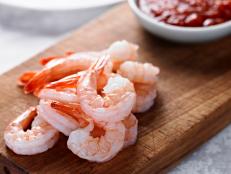
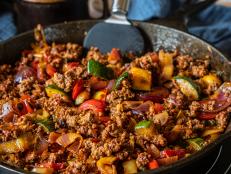
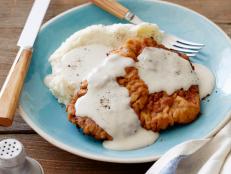
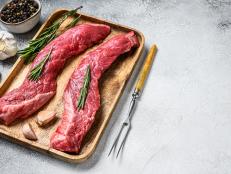
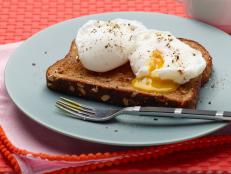

.jpg.rend.hgtvcom.231.174.suffix/1629927600593.jpeg)
